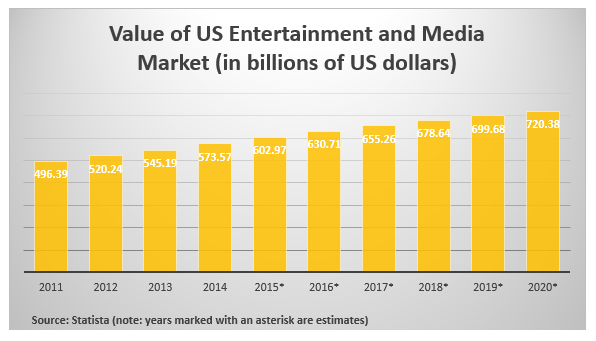JuJu News Hub
Your go-to source for the latest trends and insightful articles.
Podcasting Phenomenon: Is It the New Radio Revolution?
Discover how podcasting is reshaping audio entertainment and why it's being hailed as the new radio revolution. Tune in now!
Exploring the Rise of Podcasting: What Makes It the New Radio Revolution?
The world of media consumption has undergone a significant transformation over the past decade, making podcasting an integral part of the digital landscape. With over 2 million podcasts available and more than 48 million episodes as of 2023, it's no surprise that many are dubbing it the new radio revolution. This boom can be attributed to the accessibility of podcasting; anyone with a smartphone can listen to their favorite shows at any time and from anywhere. Unlike traditional radio, which is bound by time slots and geographic limitations, podcasts offer audiences the flexibility to engage with content on their terms, making it a more personalized experience.
Moreover, the diversity of content available in the podcasting realm is unparalleled. From true crime and personal finance to health and wellness, there is a podcast for virtually every interest. This broad range not only attracts a diverse listener base but also invites niche creators to share their voices, effectively democratizing media production. As listeners increasingly seek authentic and engaging narratives, the ability to connect with influencers and experts directly via podcasts enhances the medium's appeal. Consequently, the growth of podcasting not only reflects a shift in consumption habits but also signifies a new era of storytelling that resonates deeply with audiences.

Podcasting vs. Traditional Radio: Key Differences and Future Trends
When comparing podcasting to traditional radio, it's essential to understand the fundamental differences that define these two mediums. Firstly, podcasting allows for on-demand content, enabling listeners to tune in whenever and wherever they prefer. Traditional radio, on the other hand, operates on set schedules, requiring audiences to adapt to predetermined programming times. Additionally, podcasts often focus on niche topics, attracting specific audience segments, while traditional radio tends to offer a broader range of content aimed at mass appeal. This shift in format not only changes how content is consumed but also influences the engagement levels of listeners.
Looking towards the future, the landscape of podcasting is poised to expand rapidly, driven by advances in technology and changing consumer preferences. As smart speakers and mobile devices become more prevalent, accessibility to podcasts will continue to grow. In contrast, traditional radio faces challenges, including declining listener numbers and advertising revenue. However, many radio stations are adapting by incorporating podcast elements into their programming, thus blurring the lines between these two formats. Ultimately, as both mediums evolve, it will be intriguing to observe how they influence one another and shape the future of audio content.
Is Podcasting the Future of Broadcasting? Insights and Predictions
As we dive deeper into the digital age, the rise of podcasting has raised an intriguing question: Is podcasting the future of broadcasting? With its unique ability to engage audiences in a more personal and intimate manner, podcasting has rapidly gained popularity, outpacing traditional broadcast mediums. According to recent studies, more than 50% of the U.S. population has listened to a podcast, and these numbers are continually rising. The convenience of on-demand listening, coupled with the diversity of content available, is reshaping how we consume media and offers a glimpse into the potential evolution of broadcasting.
Looking ahead, there are several trends that suggest podcasting will continue to thrive. First, the integration of artificial intelligence and data analytics can enhance content personalization, thereby creating tailored listening experiences for users. Additionally, the growth of sponsorships and monetization models will empower creators, leading to a surge in high-quality production. Finally, as more businesses and brands recognize the value of audio content marketing, we may see a hybrid approach where podcasting becomes a key component of corporate communication and audience engagement strategies. In conclusion, the question is not whether podcasting will replace traditional broadcasting, but rather how both mediums can coexist and evolve together in the future.